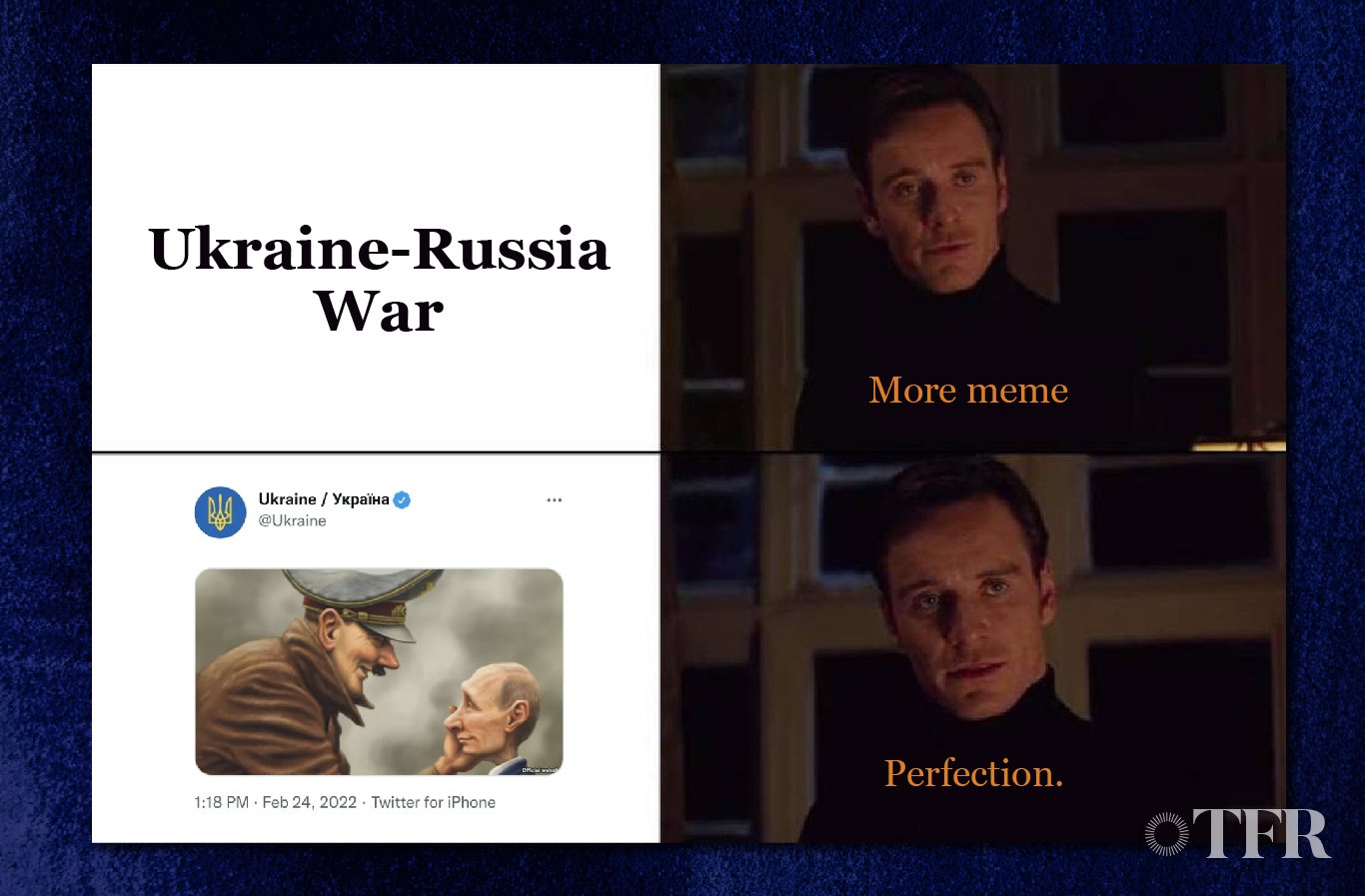Memes, contemporary Internet culture with political implications
Written by Haiza Putti | Read in Indonesian
Who doesn’t know memes?
Wrapped in jokes, funny and distinctive words, even controversial, memes are a form of reproduction of existing works. To find out more about memes, click here.
Citing from an article in The Conversation, memes, which are part of contemporary Internet culture, have become part of world politics. Memes are not only a medium for trivial jokes to draw momentary laughter. They have become one of the most friendly information media for the wider public to digest.
Memes have developed into a political medium that can encapsulate criticism to express aspirations, as well as part of efforts to survive in tragic and traumatic situations, such as war, even as a tool of propaganda by the government.
Satirical humor in political criticism has long proliferated. With digitisation that has been going on over the last few decades, messages of political humor have come in the form of memes. The concept of memes in the digital era has become a very visible practice and the term meme has become inseparable from "the language of the people". (Rosa Redia Pusanti, 2015)
Memes as a forum for criticism and aspirations for the public
The tendency to use visual works juxtaposed with text as a medium for political aspirations is actually nothing new. In Indonesia, we can see it in various forms, such as posters.
One of the important posters that painted the struggle for Indonesia’s independence was Affandi's work titled “Boeng, Ajo Boeng” (1945). Citing from an article in Desain Grafis Indonesia, this poster was created by the request of Ir. Sukarno. The model in this poster is painter Dullah, while the phrase “Boeng, Ajo Boeng” are quotes from Chairil Anwar.
Image: Boeng, Ajo Boeng by Affandi
Memes are easily spreading due to the presence of social media that allows the exchange of information so quickly and at a massive scale.
Through the account Nurhadi-Aldo, a controversial fictitious presidential campaign in 2019, we can see the form of public criticism in the form of memes. Nurhadi-Aldo represented the resistance to the tense atmosphere of the presidential election at that time. Their funny and distinctive quotes reflected the anger of the people over the intense presidential election situation.
Image: Nurhadi-Aldo campaign
We can also see memes containing sharp criticism through Studio Pancaroba, an account that has been attracting public attention. One of their latest uploads targets the feud between Coordinating Minister for Maritime Affairs Luhut Binsar Pandjaitan and human rights activist Haris Azhar and KontraS Coordinator Fatia Maulidiyanti.
Not only personal accounts and seasonal meme accounts, we can also find accounts that provide daily political meme updates, one of which is Instagram account @politicaljokesid.
Memes as a tool for dealing with large-scale tragedy and trauma
The Russian attack on Ukraine that began in early 2022 teaches us about the ability of memes to be a medium of information in this cathartic way. As tensions escalated between Russia and Ukraine in the latter half of 2021, the official Ukraine Twitter account began tweeting about the aggression.
The official account of the Ukrainian government used memes as a medium to communicate the Russian attacks with jokes and reproductions of visual memes that have been circulating on the Internet.
Memes on the official Twitter account served as a real-time report of the current situation and as a way to process in a short time the catastrophe that is happening.
Those memes also served as a call on the wider public to start a conversation about the attack.
The same article in The Conversation stated that the method chosen by the official Ukrainian government account expresses an invitation to the rest of the world to stand in communal solidarity with them.
“If the medium is the message, then internet cultural practices have become intertwined with geopolitical and military conflicts. Meming war and conflict isn’t always silly – it can be an invitation to communicate, witness, communally process and share.”
Memes as a tool for government propaganda
The 2016 United States presidential election was marred by various controversies, including Russia's digital attacks through the Internet. It seems that Russian President Vladimir Putin understands how to manipulate cultural practices and Internet tactics.
Summarising an investigation by WIRED, Putin knows how to use memes. In the run-up to the 2016 US presidential election, Russia's Internet Research Agency (IRA) planted memes and tweets that polarised public opinion.
The attacks were shrouded in rumours about police brutality, Black Lives Matter, as well as LGBTQ issues on Facebook, Twitter and Instagram. The most popular pages in Russia target the far right and the Black community.
Renee DiResta notes that even silly memes can change and shape public opinion. While many people still think of memes as pictures of cats with witty captions, the Department of Defence and DARPA have studied them for years as a powerful tool of cultural influence, capable of reinforcing or even changing values and behaviour.
Researchers cannot claim that this propaganda actually influenced the election. But this reality demonstrates that over the last five years (before 2016), disinformation has evolved from a mere nuisance to a high-risk information war.
Can jokes overthrow power?
Memes are proven to be able to prompt social media users to magnify public political opinion. But can memes really make a difference?
Maybe we are still too close to the time when the power of memes is starting to show. It's too early to give an assessment. One thing is for sure: memes have shown its power to shape public opinion.
To end this article, the question in “Can Jokes Bring Down Government” (2012) seems to be proper: Can jokes scale? Can they supersize? Can we laugh so loudly at those in power that they fall? Can jokes, in fact, bring down governments?





















